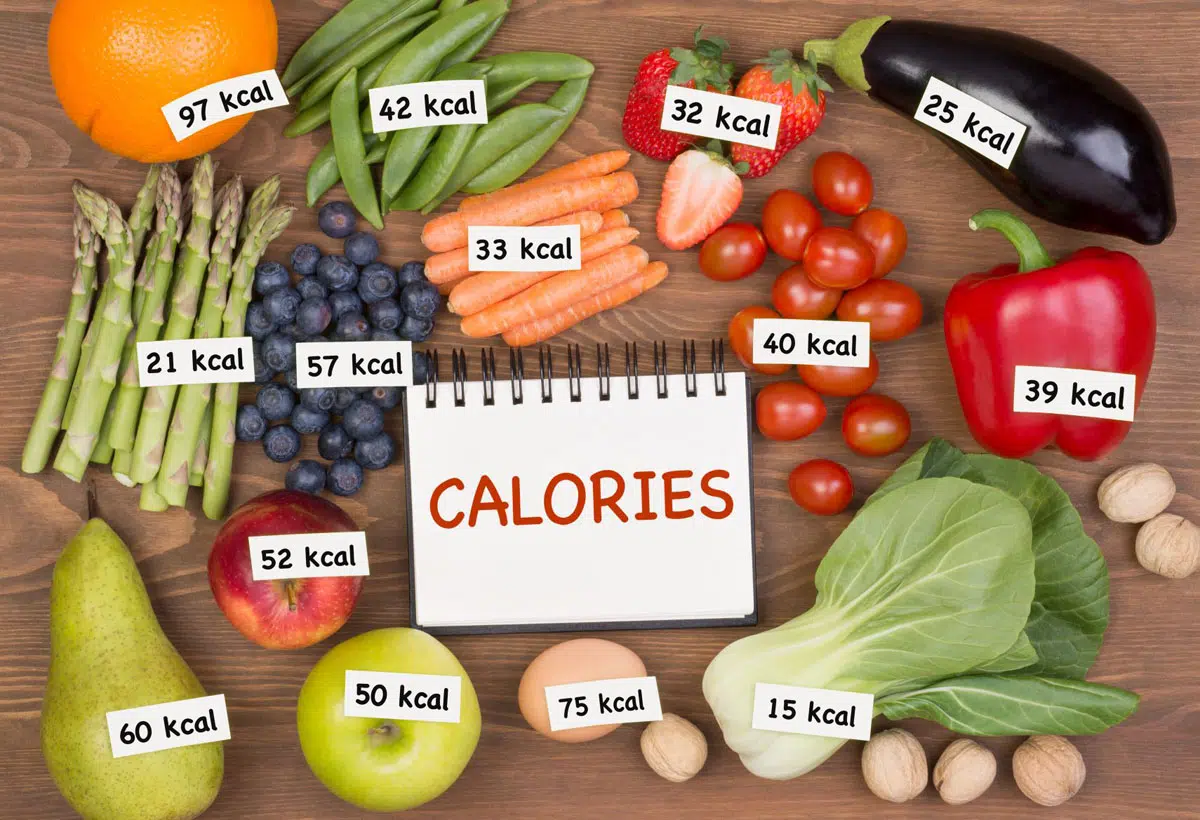Mastering how to track your daily nutrition intake helps you gain control over your health, energy, and fitness goals. Whether you’re aiming to lose weight, gain muscle, or simply eat cleaner, understanding what goes into your body is key. Tracking nutrients like calories, protein, carbs, fats, vitamins, and minerals shows you what’s missing—or what’s in excess. Here’s a smart, simple way to stay on top of your nutrition habits daily.

Understand What to Track
Begin by knowing which elements matter. The essentials include:
- Calories: Total energy consumed
- Macronutrients: Proteins, carbohydrates, and fats
- Micronutrients: Vitamins, minerals, electrolytes
Tracking fiber, sugar, and sodium also helps balance your diet. Don’t forget hydration—water intake impacts digestion and metabolism.
Your goal shapes what you prioritize. For weight loss, control calories. For muscle gain, track protein. For better gut health, count fiber. No matter your target, clarity begins with knowing what goes on your plate.

Choose the Right Tracking Tools
To simplify the process, use tools that fit your routine. Try:
- Nutrition apps like MyFitnessPal, Chronometer, or Yazio
- Wearables with food logging features
- A digital food scale for accurate portion sizes
- A basic journal or spreadsheet for manual tracking
Apps calculate your macros, micros, and track your daily intake goals. Some even scan barcodes or track restaurant meals. If tech overwhelms you, start with pen and paper. Simplicity matters more than perfection. The best tool is the one you use consistently.
Build Awareness of Portions and Labels
Learn to estimate portions without a scale. Use visual cues like:
- A fist = 1 cup of veggies
- A palm = 3 oz of meat
- A thumb = 1 tbsp of nut butter
Read nutrition labels for serving sizes, calorie content, and added sugars. Don’t trust the front packaging—flip it over. Watch for sneaky trans fats, refined carbs, and high sodium levels.
You don’t need to obsess—just develop smart awareness. Soon, you’ll spot differences between a snack and a sugar trap.
Log Your Meals in Real-Time
Record food as you eat it—not later. Waiting often leads to missed details. Use your nutrition tracker during or right after meals. Snap a photo if you’re in a rush.
Logging in real-time helps you:
- Recognize mindless snacking
- Avoid portion distortion
- Spot eating patterns like late-night cravings
Be honest. Include sauces, oils, and bites from someone else’s plate. Small details often impact macronutrient balance. Daily tracking gives you a nutrition mirror, revealing habits you might overlook.
Adjust Your Goals as Needed
Your needs change over time. Adjust your nutrition targets as your body weight, activity level, or health goals shift. Apps can recalculate your daily macro needs, or you can use a nutrition calculator online.
Track how food affects your energy, mood, and focus. Notice if you feel better with more healthy fats or fewer refined carbs. Food is more than numbers—it’s feedback. Use your log to test changes and fine-tune your intake.
Think of tracking as guidance, not restriction. You’re learning to listen to your body through your food.
Final Thoughts: Make Tracking a Habit, Not a Hassle
How to track your daily nutrition intake isn’t about perfection—it’s about progress. Start simple. Pick one meal to log. Build from there. Over time, tracking becomes second nature.
The goal isn’t to count forever. It’s to understand your eating patterns, spot what works, and make informed choices. With practice, your plate becomes a reflection of your goals—not your guesses. Eat mindfully, track consistently, and let data guide your journey toward better health.
